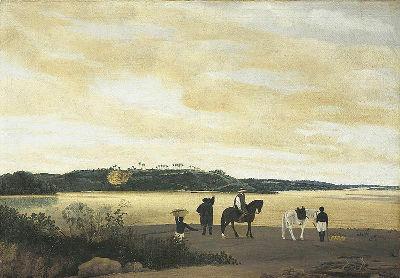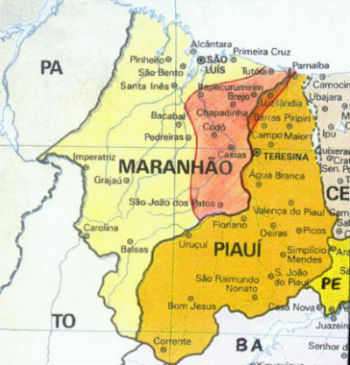We know that, in the 17th century, Brazil went through a period of turbulent political upheavals. that Portugal, its colonizing metropolis, had been united with Spain (since 1580) in the known episode like UnityIberian. During the Iberian Union, one of the main partners in the refining of sugar produced in the mills of Northeast Brazil, the Netherlands, found itself in a complicated situation due to economic and political interests and religious differences, as Spain (which now shared administrative authority in Portuguese domains), a Catholic nation, had influences on the Netherlands region. Protestants.
It was in this context that the Netherlands' wars of independence began. Furthermore, at the same time, to ensure their hegemony in the sugar business, the Dutch began to invade and appropriate Portuguese lands, including Brazilian ones. The Dutch colonization in Brazil took place in the 1630s, settling on the northeastern coast, centered on Olinda and Recife. The governor of “Dutch Brazil” was the prince of Holland,
MauritiusinNassau. In addition to promoting economic movement in the place, Nassau also brought with him many artists, naturalists and engineers with the objective of knowing and recording what was different and exotic in the Brazil.Do not stop now... There's more after the advertising ;)
One of the most talented artists who followed Nassau was Frans Janszroon Post (1612-1680). Post was skilled at portraying natural landscapes and recording everyday life that took place in the Northeast. His canvases have, until today, the ability to convey the "ambience" of the time, such as the climate, the type of vegetation, etc., as can be seen below:

the São Francisco river
On the screen above, Post managed to demonstrate the opulence of the São Francisco River in an unparalleled way for the time. In the image below, you can see the river in relation to the village of Itamaracá.

View of Itamaracá
Post's work is of fundamental importance for getting to know 17th century Brazil and understanding many of the climatic and geographic factors that influenced society at that time.
By Me. Cláudio Fernandes
Would you like to reference this text in a school or academic work? Look:
FERNANDES, Claudio. "Brazil in Frans Post's painting"; Brazil School. Available in: https://brasilescola.uol.com.br/historiab/brasil-na-pintura-frans-post.htm. Accessed on June 27, 2021.



